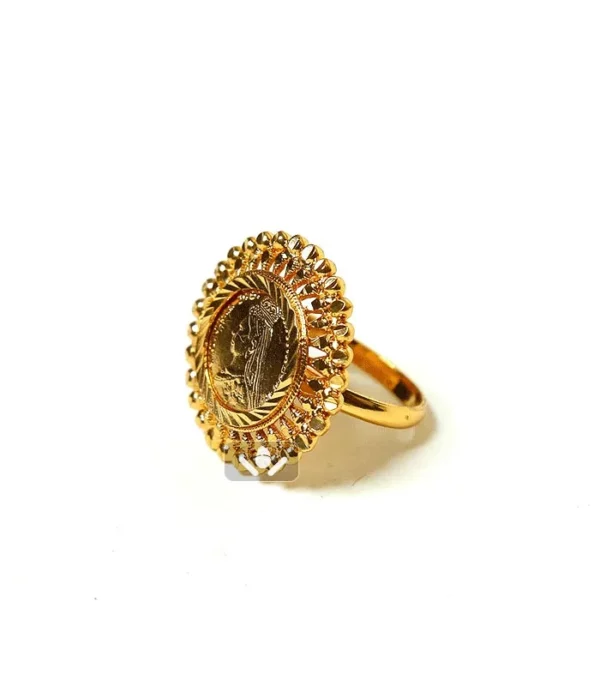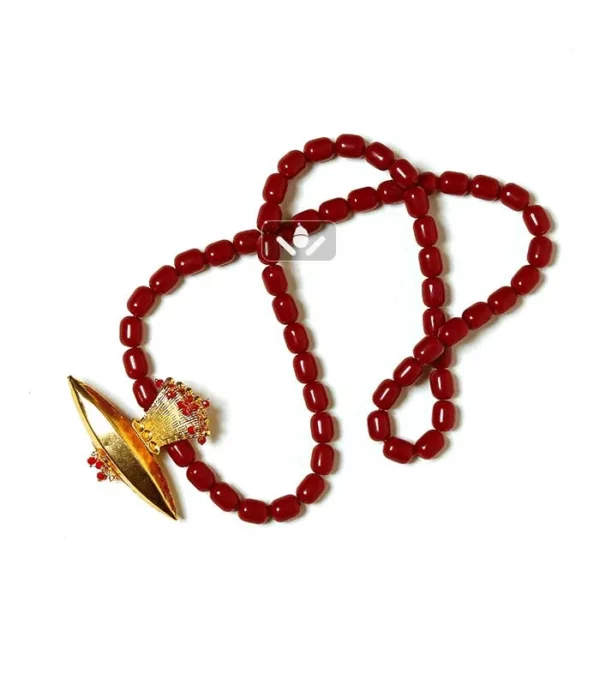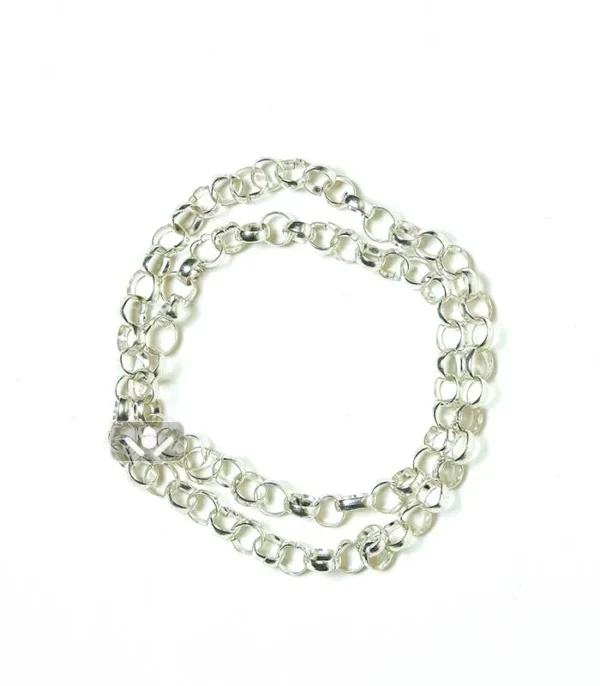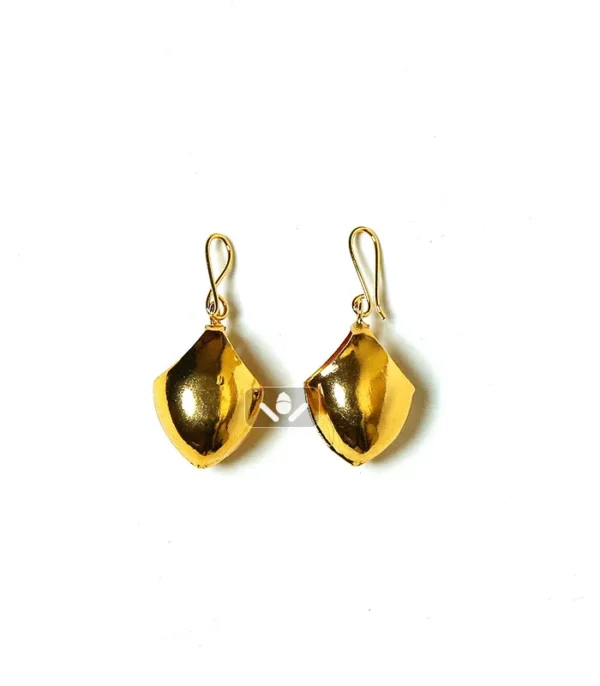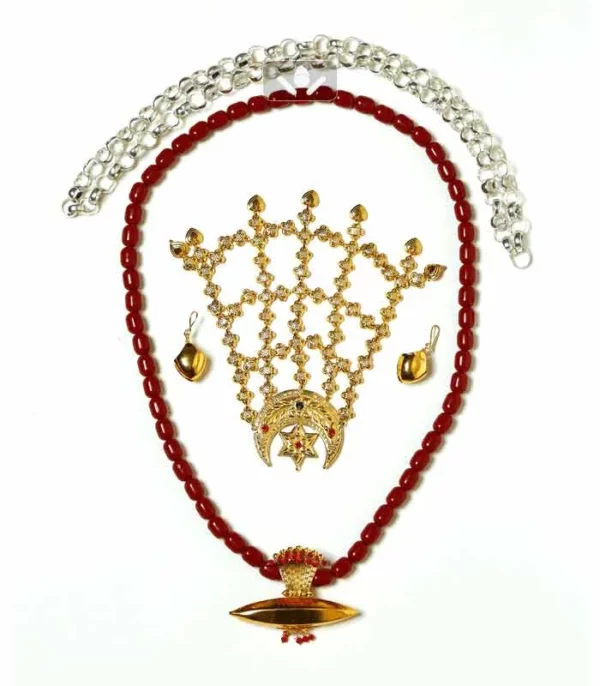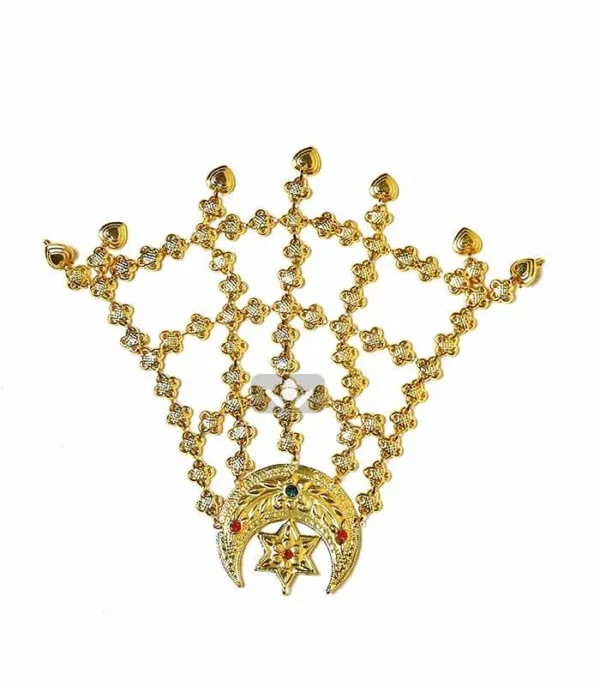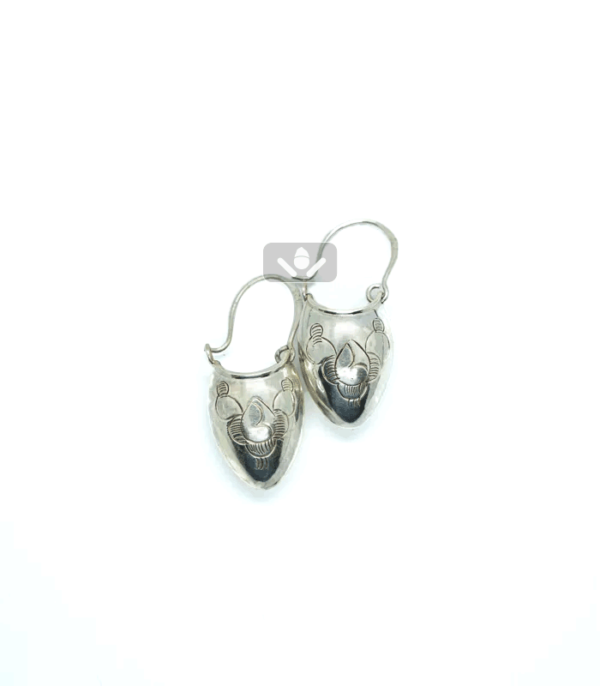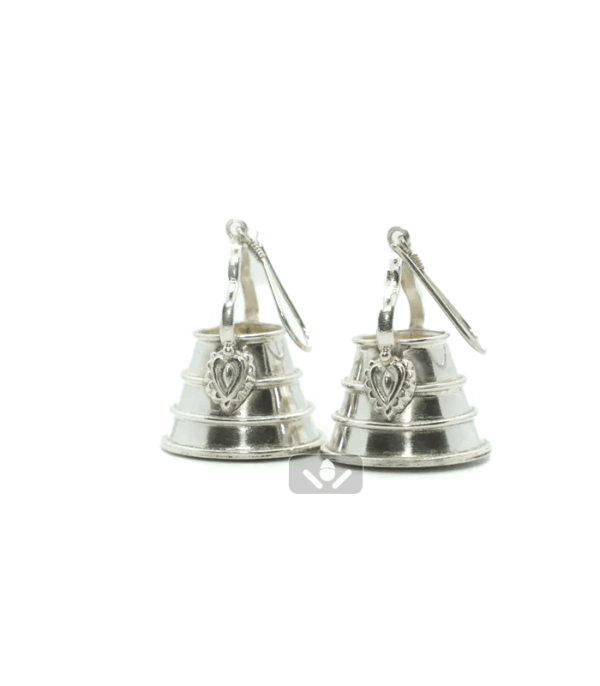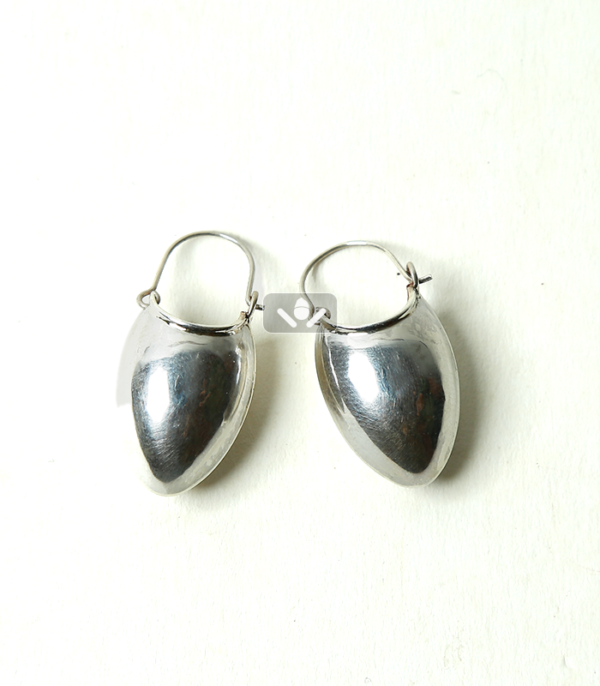Newari Dress
Discover the elegance of Newari dress at Swodeshi. Explore our exquisite collection that celebrates tradition and craftsmanship in every piece.
Showing all 11 results
Newari Dress: Authentic and Best Dress
Have you ever seen a woman in a striking black saree with red borders during jatras in Kathmandu? That is Haku Patasi, the traditional attire of the Newar community in Nepal.
Newari culture is one of the oldest and richest cultural heritages of Nepal. The clothing, jewellery, and accessories reflect identity, tradition, and artistry that have been passed down for generations.
Traditionally, this is worn by the indigenous Newar community of the Kathmandu Valley. This handmade product holds the timeless charm of one of Nepal’s most vibrant cultures.
When is the Newari dress worn?
The Newari dress is a cultural statement. It is worn during religious and life events. The dress reflects spiritual beliefs, generational pride, and Nepal’s artisanal heritage in one piece of clothing. You’ll most commonly see these outfits during:
- Mha Puja (Newari New Year Day)
- Jatras - IndraJatra, Bisket Jatra, Rato Machindranath and Seto Machindra Nath Jatra, all types of Newari Jatras around the Kathmandu Valley
- Picnic
- Cultural Programs
- Janku – a sacred aging celebration
- Newar weddings
- Guthi feasts and rituals
Traditional Newari Dress for Men and Women
Explore the unique and beautiful styles of Newari traditional dress available at Swodeshi:
Newari Dress for Women
1. Haku Patasi
- The iconic black sari is traditionally worn by Newari women.
- Usually seen with red borders, but also available in orange and green borders.
- Traditionally made from cotton or wool–cotton mix, though modern versions also come in georgette and chiffon for lighter, more comfortable wear.
- Commonly paired with:
- White or off-white patuki (waist wrap)
- Red cholo (blouse)
- Matching shawl
- Perfect for festivals, jatras, cultural days, family occasions, and photoshoots.
2. Cholo (Blouse)
- Traditional fitted blouse worn with Haku Patasi.
- Commonly made from:
- Wool–cotton mixed fabric (same material used for men’s Tapalan)
- Dhaka fabric
- Pure cotton
- Designed for comfort while keeping the traditional look intact.
3. Patuki (Waist Wrap)
- A long cloth wrapped around the waist.
- Typically white or off-white.
- Helps secure the sari and adds a traditional touch to the attire.
4. Shawl
- A complementary accessory worn with Haku Patasi.
- Adds elegance and is often used during cold weather or cultural rituals.
- Usually matched with the blouse and border of the sari.
Newari Ornaments for Women
| Head Jewelries | Earings | Rings | Neclaces | Foot wears |
| Lunswan | Makasi | Pyankha Angu | Tayo | Kalli |
| Chandrama Pin | Tuki | Asharfi Angu | Tikma | Sinhakhwa Kalli |
| Nyapusikha | Gasi Sikha | Hina Angu | Jantar Mala | Taha Kalli |
| Shirbandi | Kala earings | Ghau | Jangi Selaya Kalli | |
| Sathwacha | Bhimpu Ma | Tutibaggi | ||
| Sachika | Company Sikha or Asharfi Sikha | |||
| Baha Sikha ma | ||||
| Patachin Sikha | ||||
| Jyapu Sikha |
Newari Dress for Men
Newari men traditionally wear dignified and culturally symbolic attire during festivals, rituals, and community celebrations. The most common clothing pieces include:
1. Tapalan
A long, traditional upper garment worn by Newar men.
- Usually paired with suruwal (traditional trousers)
- Popular during Mha Puja, Newari weddings, Jatras, religious ceremonies, and cultural programs
- Simple yet elegant, representing Newa heritage
2. Suruwal (Traditional Trousers)
- Worn with Tapalan
- Comfortable, functional, and suitable for festivals and rituals
- Typically made from cotton or blended fabrics
3. Patuka & Khasto
- Patuka: A long cloth wrapped around the waist for support
- Khasto: A shawl/scarf draped over the shoulder
These accessories complete the traditional look and symbolize modesty and cultural identity.
4. Bhadgaule Topi / Dhaka Topi
- Bhadgaule Topi (black cap associated with Kathmandu & Newar community)
- Dhaka Topi (national identity cap)
Both styles are commonly worn during festivals, ceremonies, and formal events.
FAQ on Newari Dress
What is the traditional dress of the Newar?
The traditional dress of the Newar women is called "Haku Patasi" and for males it is " Tapalan Suruwal, Patuko, and Khasto with Bhadgaule Topi."
What does Haku mean in Newari?
In the Newari language, Haku means "Black".
What do Newari girls wear?
Newari girls traditionally wear "Haku Patasi".
Haku Patasi is a black saree with red borders, often paired with a matching shawl and silver jewelry. For special rituals, young girls wear Gunyu Cholo, a traditional blouse-and-shawl outfit symbolizing womanhood.
What is a Newari saree called?
A Newari saree is called "Haku Patasi."
It’s a traditional black saree with red borders, commonly worn by Newari women, especially during festivals, jatras, and cultural ceremonies in the Kathmandu Valley.
What is Newari culture?
Newari culture is the rich, indigenous heritage of the Newar people of the Kathmandu Valley, known for its art, architecture, festivals, language, and cuisine.
What jewelry is worn with Haku Patasi?
Common jewelry includes:
- Makasi / Makansi
- Tayo Mala
- Jyapu Sikha
- Chandrama Pin
- Nyapu Shikha
- Kalli (anklet)
Are the dresses and jewelry handmade?
Some pieces are handmade, while others are produced using modern tailoring and sourcing.
Swodeshi ensures:
- Good quality materials
- Skilled artisans
- Authentic or high-quality imitation jewelry sourced from reliable makers
Can I order a custom Newari dress?
Custom orders are available only for bulk quantities (12 pieces or more).
Do Newari dresses come in standard sizes?
- Haku Patasi: Free size (saree draping fits all)
- Women’s blouses: It comes in different sizes
- Men’s Tapalan & Suruwal: Available in multiple sizes
How do I care for a Newari dress?
- Hand wash in cold water
- Avoid harsh detergents
- Do not wring or twist
- Dry in shade
- Iron with low heat on reverse side
For jewelry:
- Store in a dry pouch
- Keep away from perfumes and moisture
- Wipe gently after use
Do you ship Newari dresses internationally?
Yes. Swodeshi delivers across Nepal and worldwide.
Are the colors the same as shown in the photos?
We try to maintain high accuracy, but slight variations may occur due to:
- Lighting
- Fabric texture
- Screen settings
Why buy a Newari dress from Swodeshi?
- Carefully selected materials
- Skilled makers and trusted suppliers
- Quality assurance
- Nationwide & international delivery
- Support for Nepali artisans and cultural heritage
Should the Newari dress be worn only by Newari people?
No. The Newari dress is a part of Nepal’s cultural heritage, and anyone can wear it with respect and appreciation.
Many people from different communities wear Haku Patasi, Tapalan, and other Newari attire during:
- Cultural programs
- School and college events
- Festivals
- Traditional ceremonies
- Photoshoots
Wearing it thoughtfully helps promote and preserve Nepal’s diverse culture.

